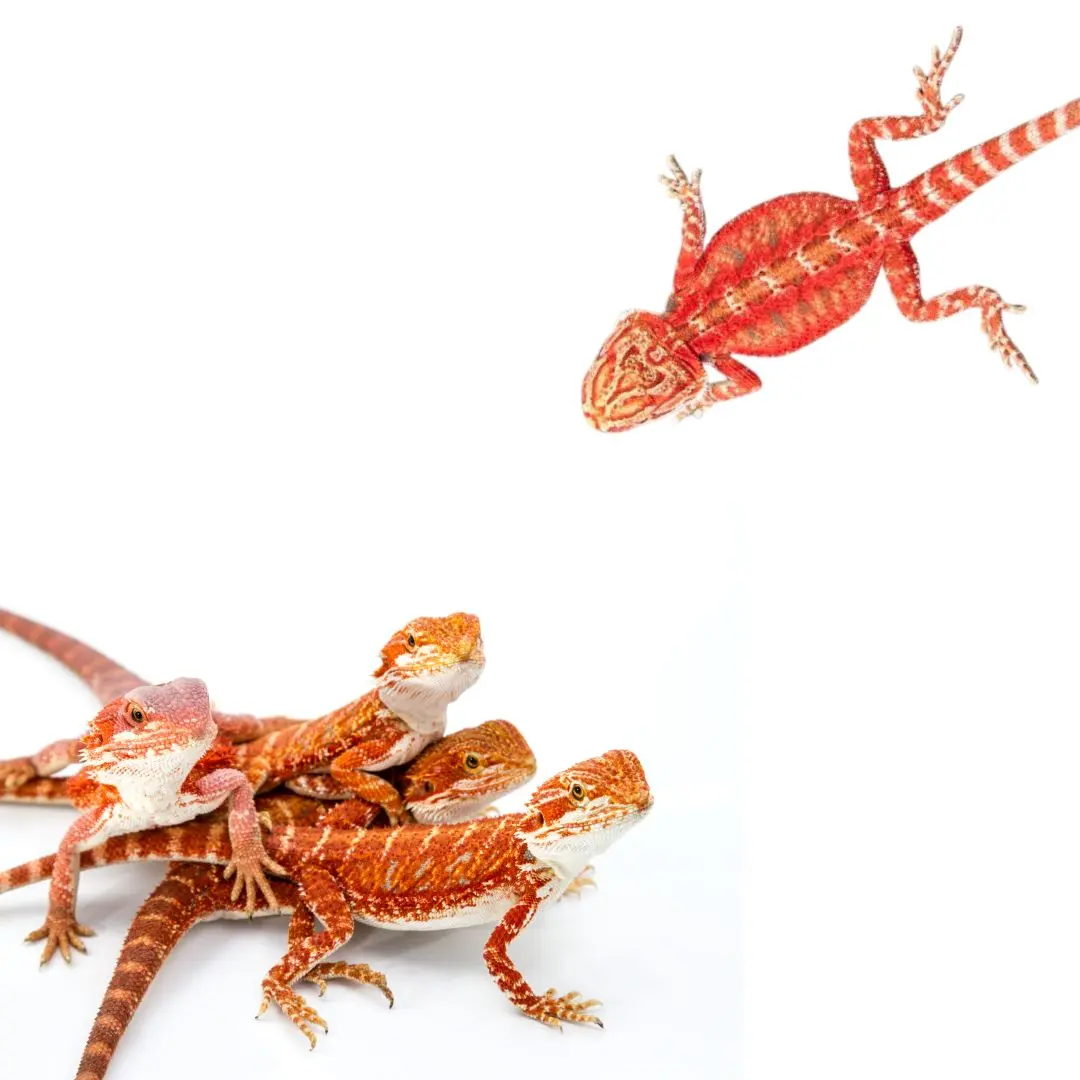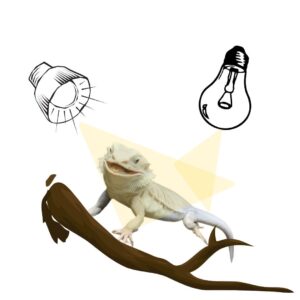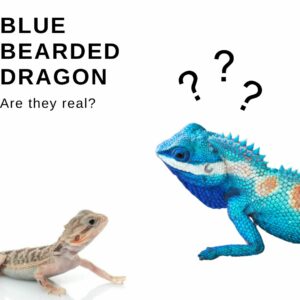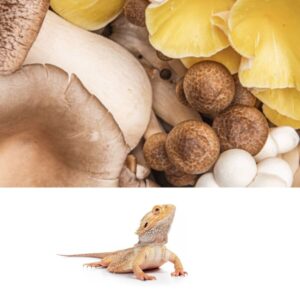Red bearded dragon” is not a specific species of bearded dragon, but rather a common morph or color variation within the Pogona vitticeps species.
Bearded dragons come in a variety of colors and patterns, and red is a popular and striking morph.
The red bearded dragon, also known as Pogona vitticeps, is a fascinating reptile that has captured our hearts.
In this article, we will dive into the world of the red bearded dragon, exploring its origin, physical characteristics, lifespan, and growth rate.
We will also discuss how to care for these magnificent creatures, examine their behavior and temperament, and explore the pros and cons of keeping them as pets.
So, let’s jump right in and uncover the wonders of the red bearded dragon!
Table of Contents
Origin and Natural Habitat
The red bearded dragon is a species native to the arid regions of Australia. They are found primarily in the eastern and central parts of the country, where they inhabit deserts, woodlands, and grasslands.
These reptiles have adapted to the harsh conditions of their environment, developing unique characteristics that allow them to survive and thrive.
Red bearded dragons are known for their vibrant coloration.
Males display striking shades of red and orange, while females tend to have more muted colors. This bright coloration serves several purposes, including attracting mates and warning potential predators of their presence.
Physical Characteristics
One of the most recognizable features of the red bearded dragon is its beard, which can change color depending on its mood.
When these reptiles are relaxed, their beard matches the rest of their body, but when they feel threatened or excited, their beard turns black. This behavior is used to intimidate predators and communicate with other members of their species.
Red bearded dragons have robust bodies covered in small, bumpy scales. They have a triangular-shaped head and a long, tapering tail, which they can use for balance and defense.
These reptiles can grow up to 18-24 inches long, with males typically larger than females.
Lifespan and Growth Rate
The lifespan of a red bearded dragon can vary depending on diet, environment, and overall care.
On average, these reptiles can live for 6-10 years in captivity, but with proper care, some individuals have been known to reach 12-15 years.
Red bearded dragons are relatively slow growers, reaching their full size at around 18-24 months. During their early stages of life, they undergo significant growth spurts and shed their skin regularly. This process allows them to accommodate their expanding bodies and ensures healthy development.
Caring for a Red Bearded Dragon
Housing Requirements
Proper housing is crucial for the well-being of a red bearded dragon. These reptiles require a spacious enclosure that mimics their natural habitat.
A glass terrarium with adequate ventilation and temperature control is ideal. It is recommended to provide at least a 40-gallon tank for one adult red bearded dragon.
The enclosure should have accessories, including basking spots, hiding areas, and climbing structures.
A basking spot with a temperature range of 95-105°F is necessary to provide the dragon with the warmth it needs to digest food and regulate its body temperature. A UVB light source is also essential for proper calcium absorption and overall health.
Dietary Needs
Red bearded dragons are omnivorous, meaning they eat a combination of plant matter and animal protein.
Their diet primarily consists of leafy greens, vegetables, and insects. Dark, leafy greens such as collard greens and dandelion greens should make up most of their plant-based diet, supplemented with various fruits and vegetables.
Regarding protein, red bearded dragons need insects, such as crickets, mealworms, and Dubia roaches. These insects should be dusted with a calcium supplement before being offered to the dragon. It is important to ensure that the diet is well-balanced to provide all the necessary nutrients for their growth and overall health.
Health and Wellness
Maintaining the health and wellness of a red bearded dragon involves regular veterinary check-ups, providing a clean and stimulating environment, and monitoring their behavior and appetite.
It is essential to keep their enclosure clean and hygienic to prevent the growth of harmful bacteria. Regular spot cleaning and deep cleaning should be part of the routine.
Red bearded dragons are prone to various health issues, including metabolic bone disease, respiratory infections, and parasites.
Regular observation and interaction with the dragon will help to detect any changes in their behavior or appearance, indicating potential health concerns.
Behavior and Temperament of Red Bearded Dragons
Social Behavior
Red bearded dragons are solitary animals, and their behaviors reflect this nature. They are territorial and may display aggressive behavior towards each other if housed together.
It is advisable to keep them individually housed to prevent stress and potential injuries.
Despite their solitary nature, red bearded dragons can develop a bond with their owners through regular handling and interaction. While they may not seek continuous attention like some other pets, they can recognize their owners and even show signs of contentment during hand-feeding or basking in their presence.
Breeding and Reproduction
Breeding red bearded dragons in captivity requires careful planning and preparation. The female dragons will need to be in optimal health and condition before they are ready to mate.
Breeding typically occurs in the spring; the female will lay a clutch of eggs a few weeks after mating.
The eggs must be incubated at specific temperatures and humidity levels to ensure successful hatching. This process can take several months, during which the eggs should be monitored closely.
Hatching baby bearded dragons is a remarkable experience, requiring additional care and attention to ensure their survival.
Common Behavior Patterns
They are diurnal animals, meaning they are most active during the day and sleep during the night.
These reptiles are known for their sunbathing behavior, where they bask under the heat source to warm themselves up and regulate their body temperature.
Another interesting behavior exhibited by red bearded dragons is head-bobbing. Males often perform this display to assert dominance or communicate with other dragons. They also use head-bobbing as part of their courtship ritual during breeding.
Red Bearded Dragon as a Pet
Pros and Cons
Keeping a red bearded dragon as a pet has its own advantages and considerations.
One of the benefits is their relatively calm nature, making them suitable for novice reptile keepers. Their striking appearance and unique behaviors make them a captivating addition to any home.
However, it is important to consider the time, effort, and financial commitment required for their care.
Red bearded dragons have specific housing and dietary needs and can live for over a decade, so the responsibility is long-term.
Additionally, they may not be suitable for households with young children due to their fragile nature and potential for bite injuries.
Legal Considerations
Before deciding to bring a red bearded dragon into your home, it is essential to research and understand the legal considerations in your area. Different countries and states have varying regulations concerning the ownership and transportation of exotic pets. It is crucial to ensure that you comply with local laws and have the necessary permits and documentation if required.
Cost of Ownership
Owning a red bearded dragon entails various costs. In addition to the initial purchase of the dragon itself, there are ongoing expenses for its housing, heating, lighting, and regular veterinary care.
A well-balanced diet can also be a significant expense, especially when considering the costs of providing live insects as a protein source. Budgeting and planning for these expenses is important to provide the best possible care for your red bearded dragon.
The red bearded dragon is a captivating reptile offering beauty and intrigue. Its vibrant coloration, fascinating behavior patterns, and unique physical characteristics make it a popular choice among reptile enthusiasts. However, owning a red bearded dragon requires careful consideration, as their needs must be met for their health and well-being. With proper care, a red bearded dragon can make a wonderful companion, bringing joy and a touch of the exotic into your home.
My Senior Paws is a participant in the Amazon Services LLC Associates Program, an affiliate advertising program designed to provide a means for sites to earn advertising fees by advertising and linking to Amazon.com. We also participate in other affiliate programs which compensate us for referring traffic.




